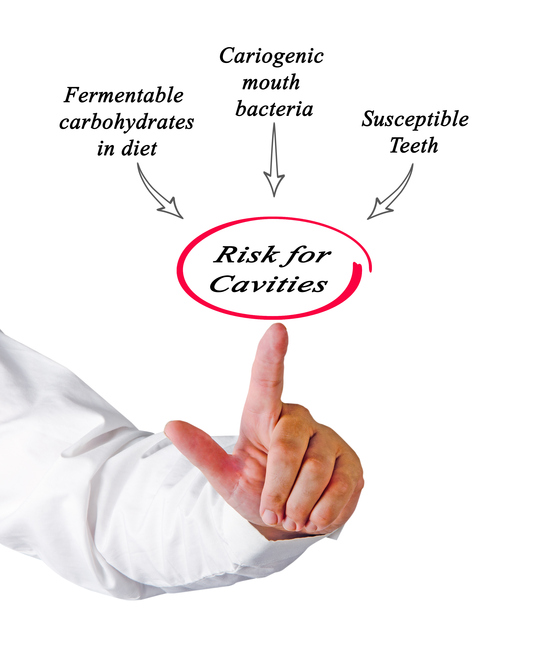The mouth is the first section of the digestive tract, otherwise known as the gastrointestinal system or GI for short. Every animal that has a digestive tract hosts millions of bacteria throughout. We call the film of germs inhabiting the oral cavity plaque. There is a general understanding that plaque is bad and must be removed, or problems like cavities and gingivitis will occur. Nothing can be farther from the truth.
Plaque is normal and has been with us since the beginning. Studies of fossilized skulls indicate the presence of decay was very rare, of entirely missing in the past. The germs in our mouths and guts have evolved to expect certain optimal conditions to thrive, and indeed benefit us as their hosts. Up until the advent of farming, we had diets very low in fermentable carbohydrates. Fermentable carbohydrates are another name for most of the processed carbohydrates around today like sugar, flour, and various starches.
When the germs in our mouths encounter these substances, they begin to produce acids and toxins which cause mineral loss in teeth and inflammation in the gums. When these conditions progress, the result is cavities, gingivitis and gum disease. Similar changes in the germs in the gut produce leaky gut, inflammation, and other problems such as GERD and SIBO.
The simplified formula for tooth decay and gum disease is plaque + fermentable carbohydrates + time = tooth decay and gum disease. Reduce any on of the elements, and the resulting problems cannot occur. The safest recommendations is to eat a nutrient dense Paleolithic-type diet devoid of any processed carbohydrates and exercise impeccable oral hygiene. This removes the main causative agent (fermentable carbohydrates) and limits the other (bacteria).


